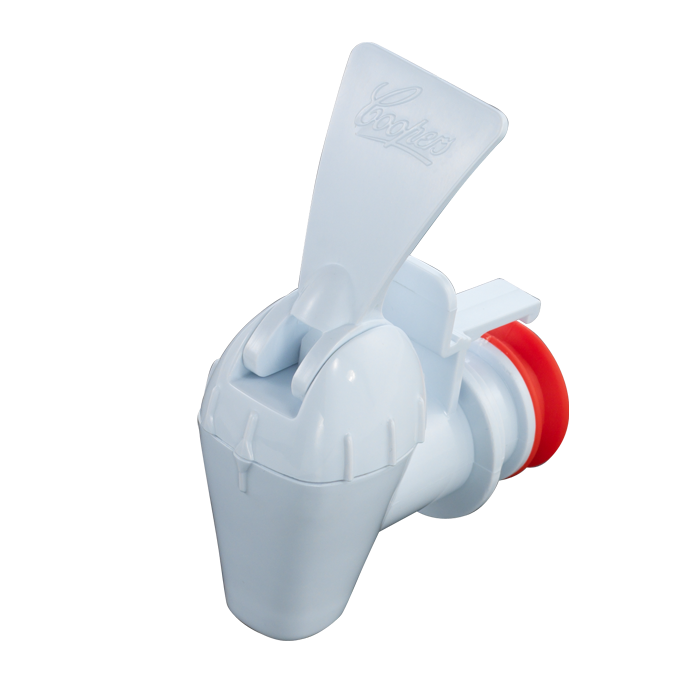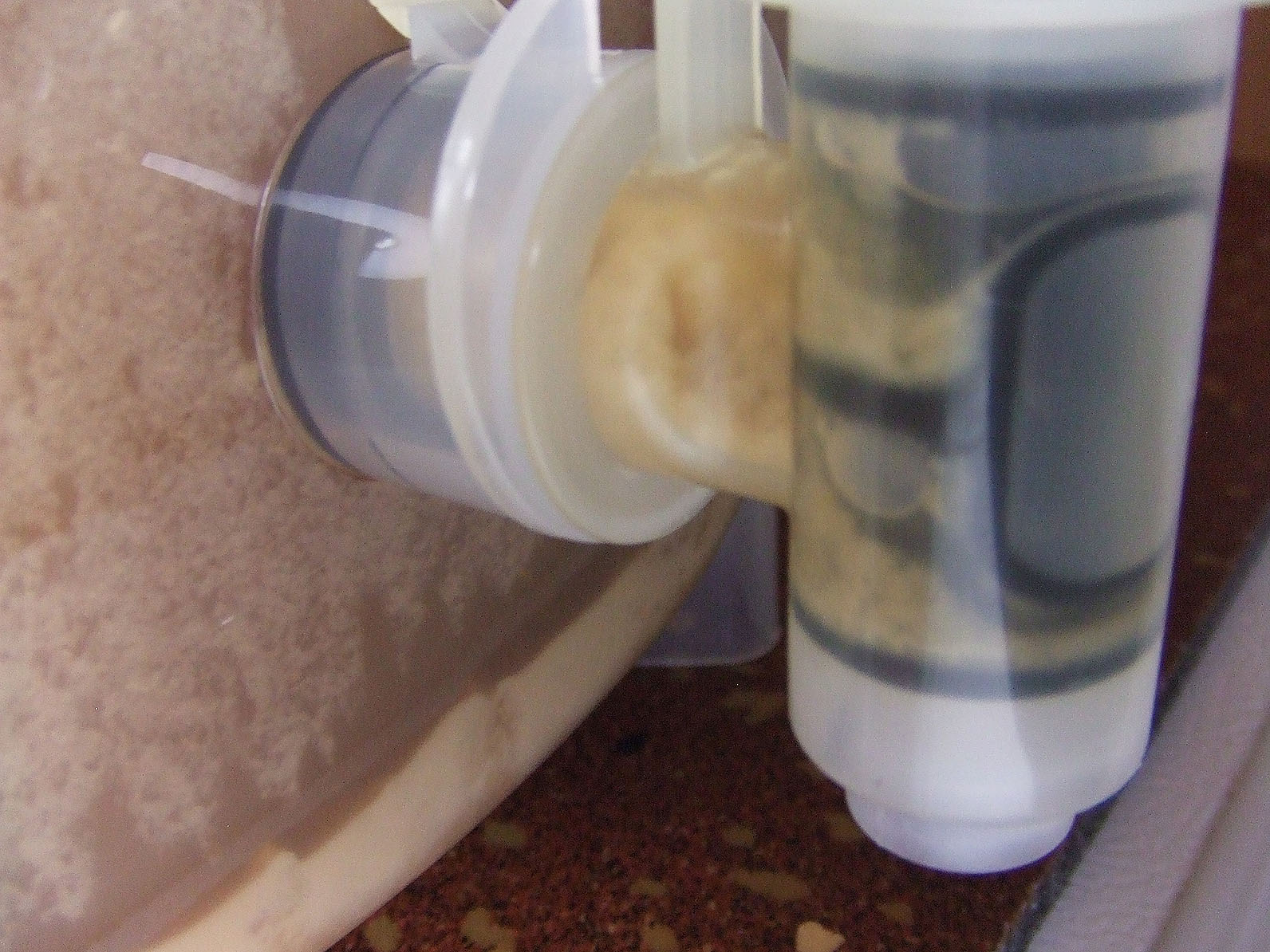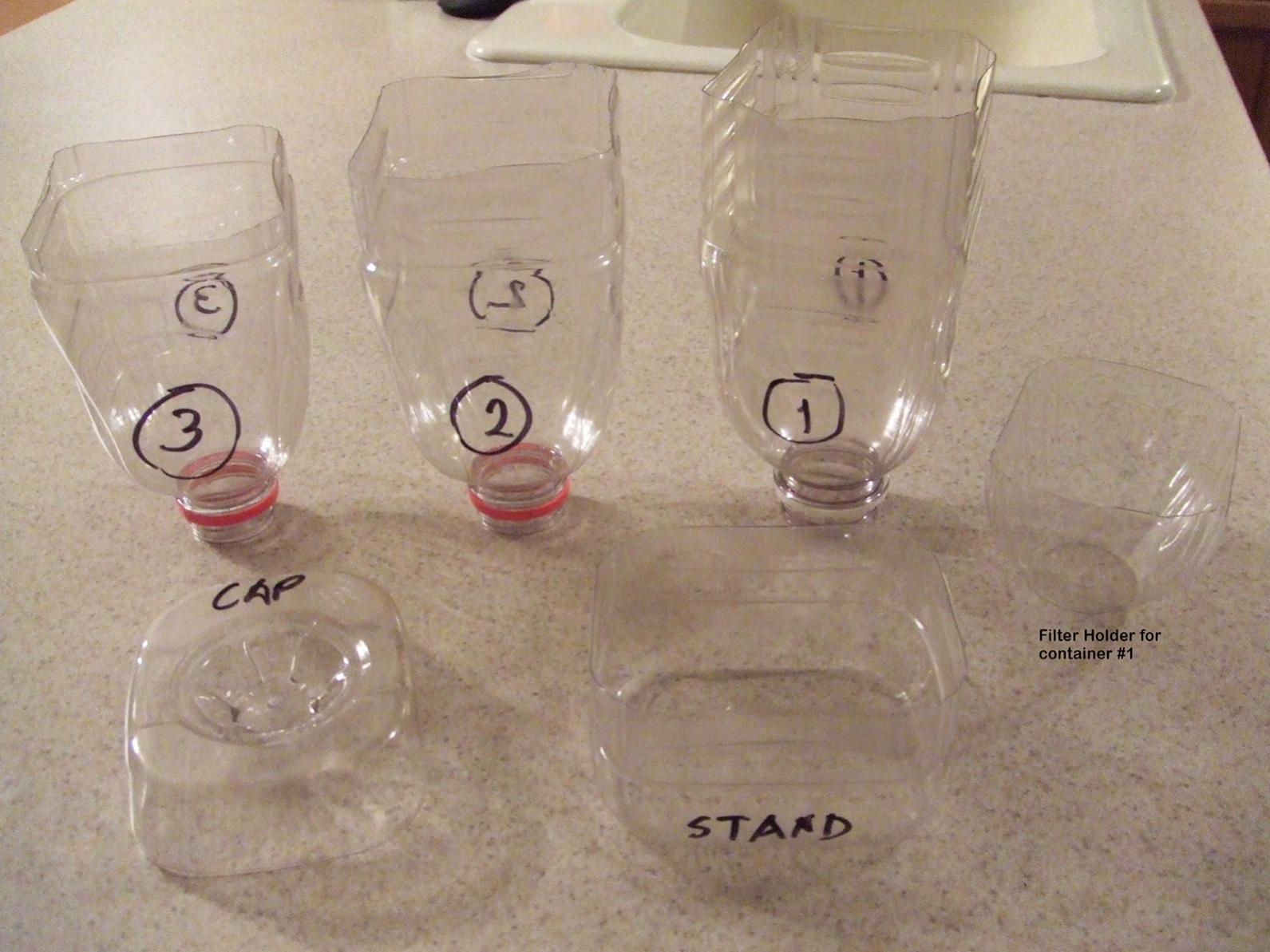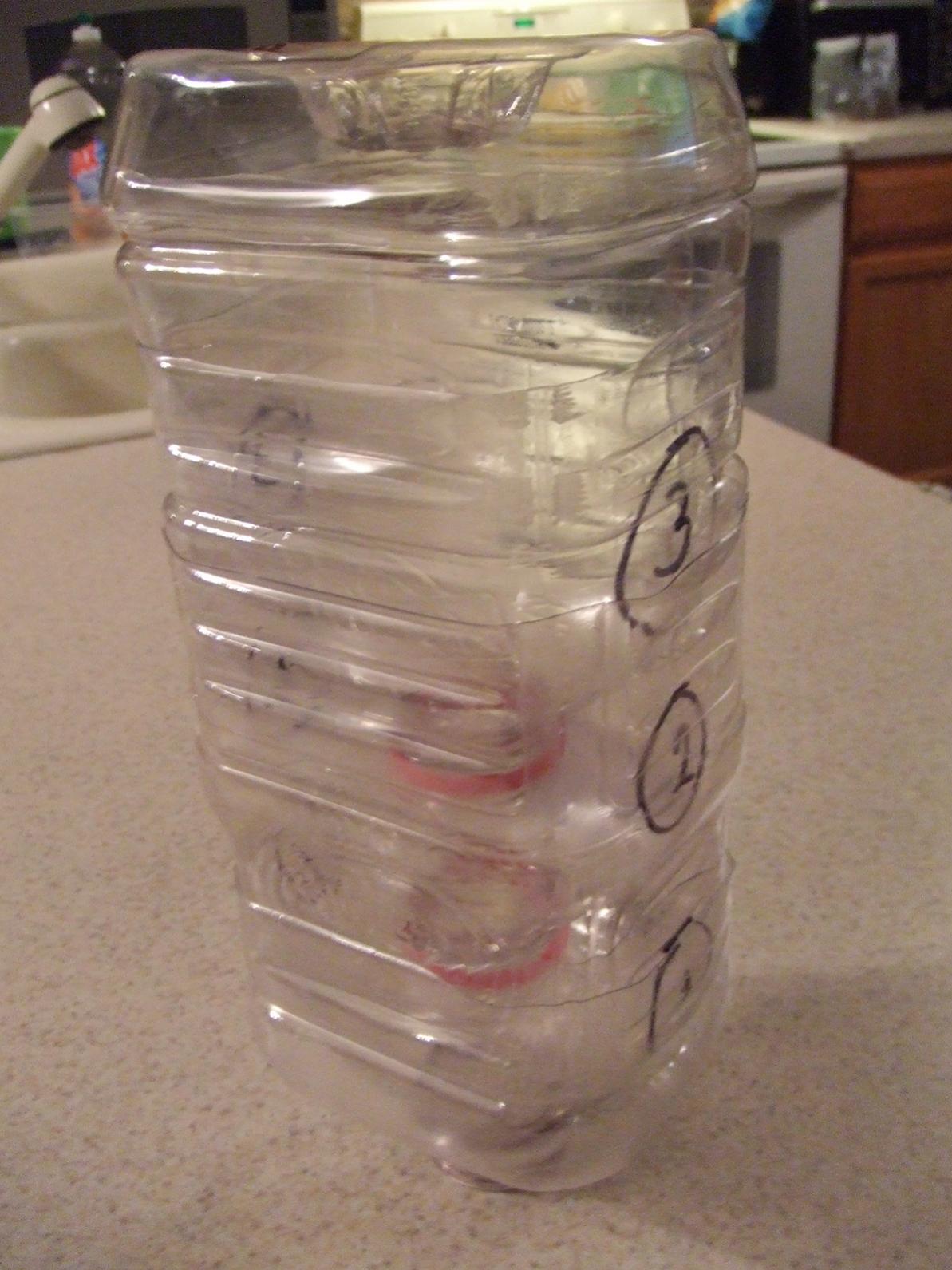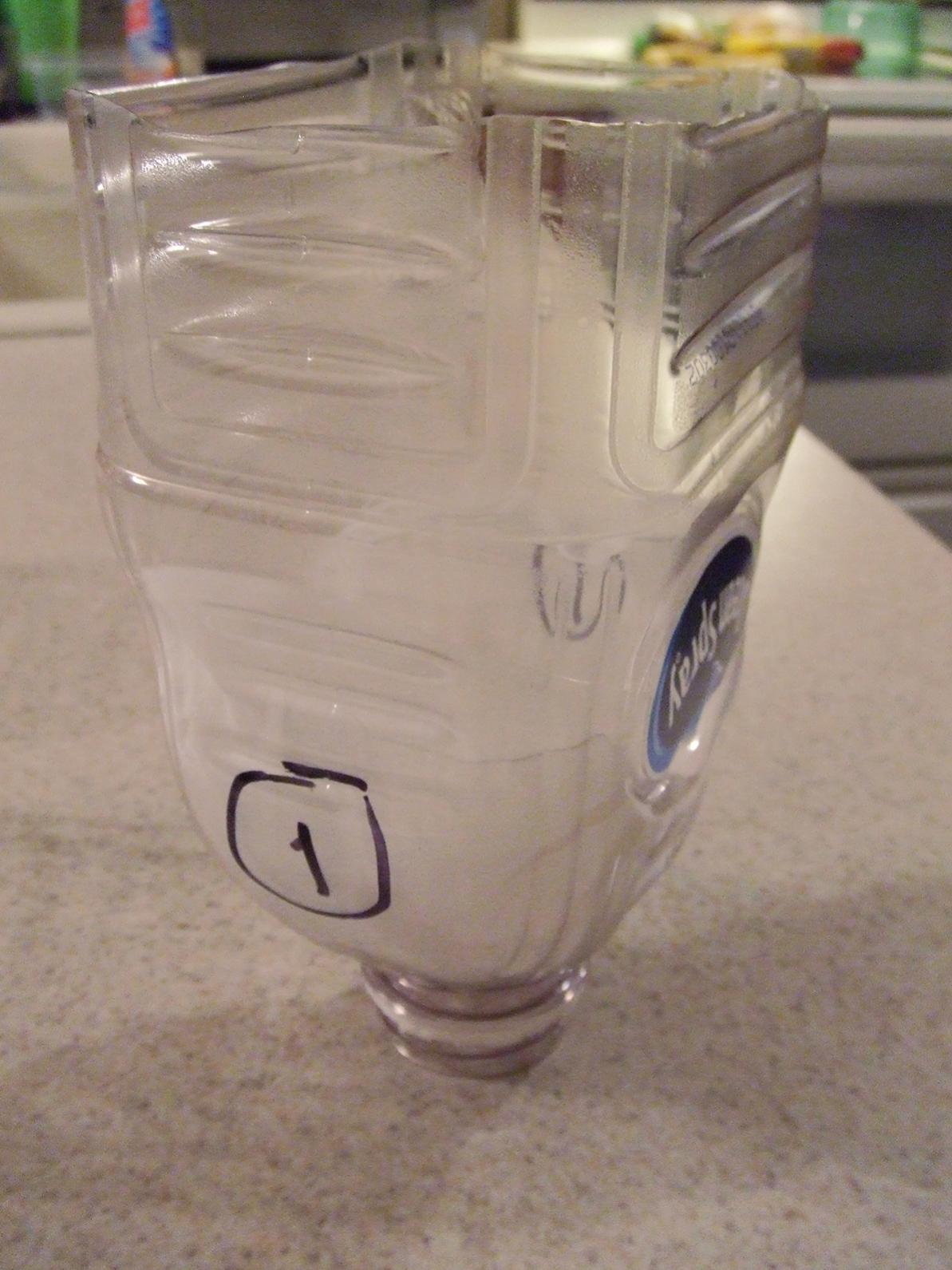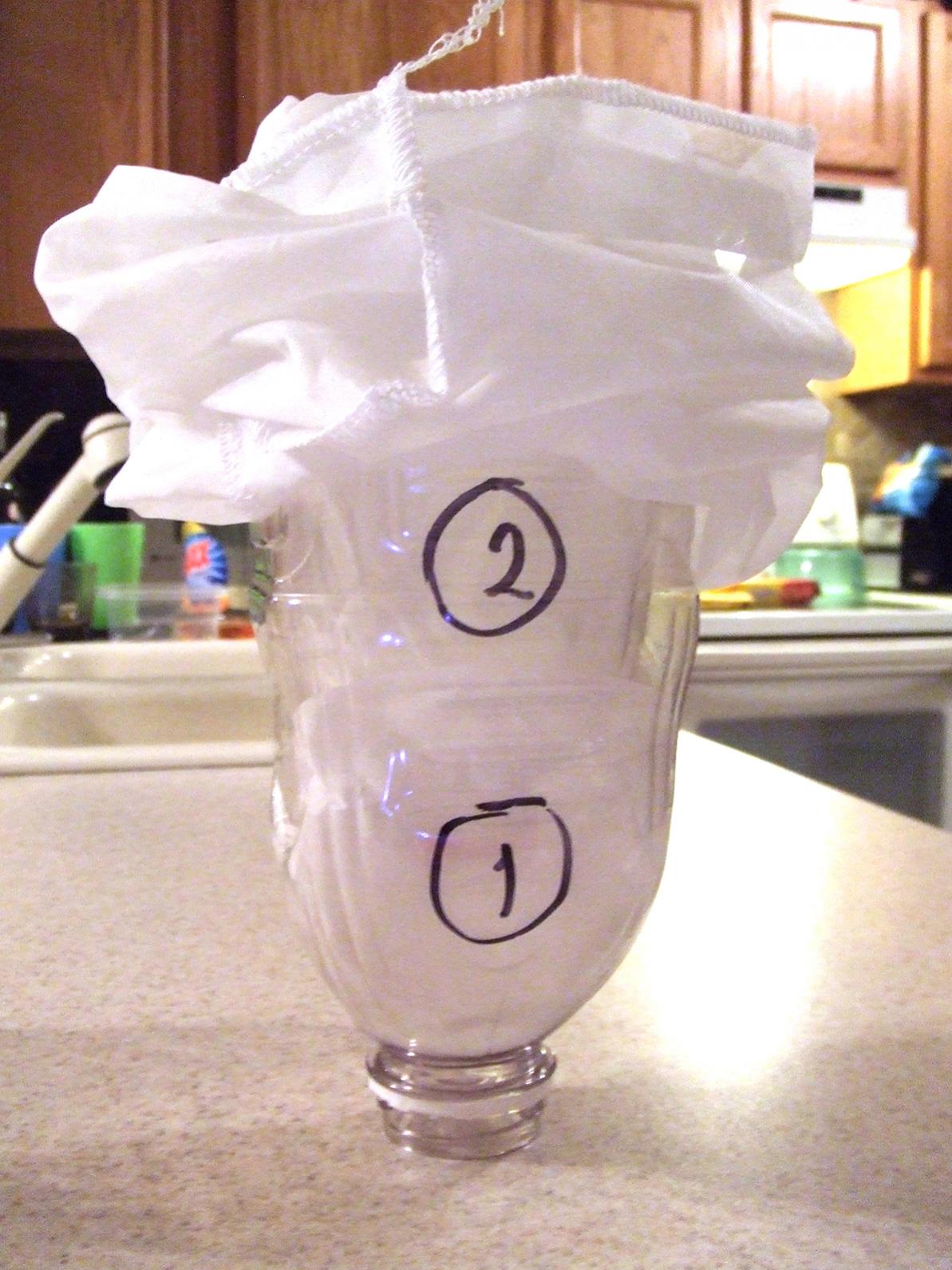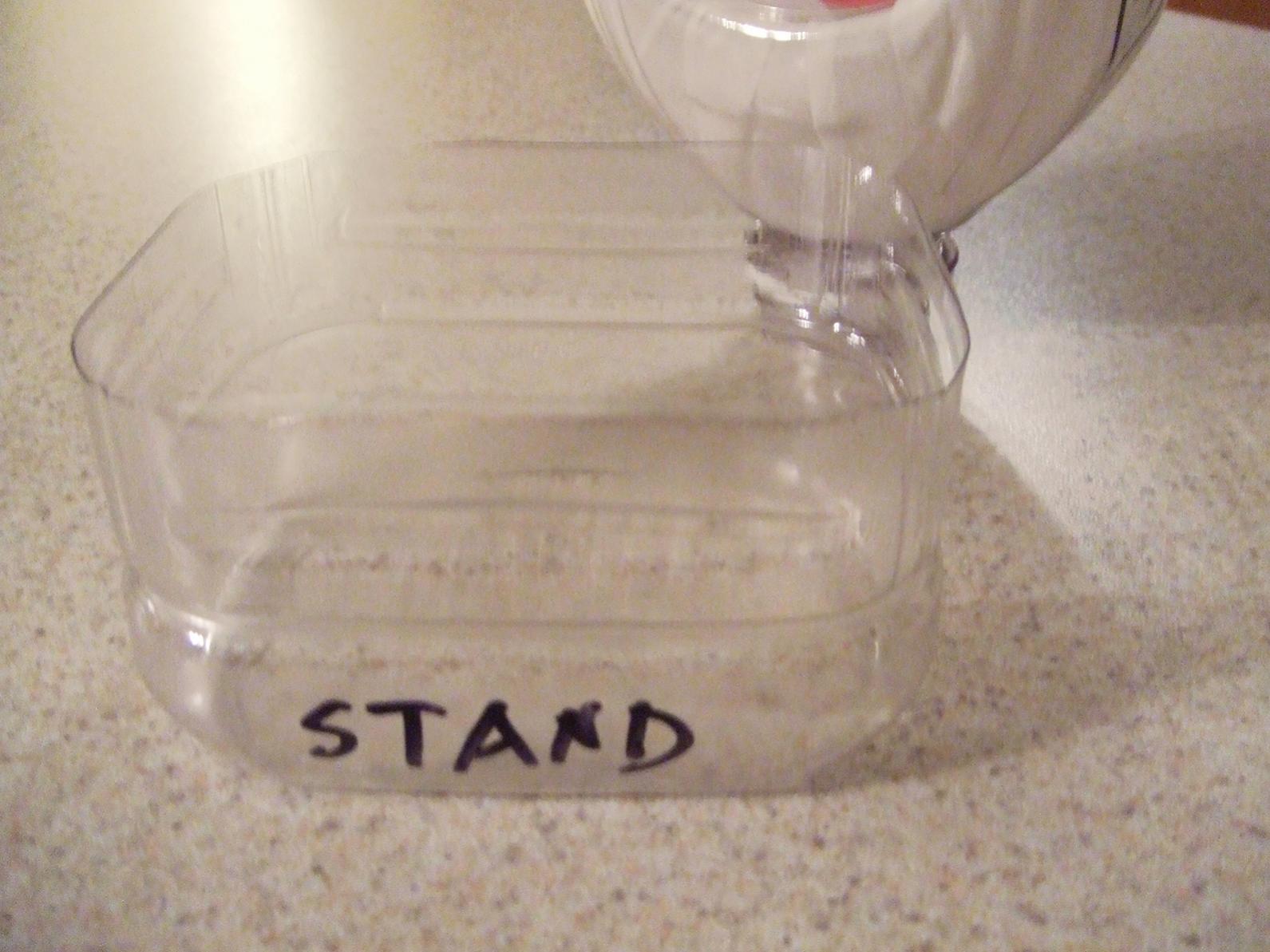roguenroll
Well-Known Member
- Joined
- Dec 6, 2015
- Messages
- 45
- Reaction score
- 5
Hey I was just getting ready to add another fermenter to my workflow, and space in the fridge is limited.
long story, after reading some articles, Im thinking I might dedicate the fridge to 2 fermenters and bail on the secondary/clearing/bottling buckets.
The Question???
The transfer from primary to secondary cleared out my spigot of blocked up yeast, etc, allowing that yeast to settle in the secondary.
How can do a Primary only, and avoid that first big glop of crud from going right into the keg?????
I assume filtering, but any suggestions on something easy??
Thanks
long story, after reading some articles, Im thinking I might dedicate the fridge to 2 fermenters and bail on the secondary/clearing/bottling buckets.
The Question???
The transfer from primary to secondary cleared out my spigot of blocked up yeast, etc, allowing that yeast to settle in the secondary.
How can do a Primary only, and avoid that first big glop of crud from going right into the keg?????
I assume filtering, but any suggestions on something easy??
Thanks












































![Craft A Brew - Safale BE-256 Yeast - Fermentis - Belgian Ale Dry Yeast - For Belgian & Strong Ales - Ingredients for Home Brewing - Beer Making Supplies - [3 Pack]](https://m.media-amazon.com/images/I/51bcKEwQmWL._SL500_.jpg)













